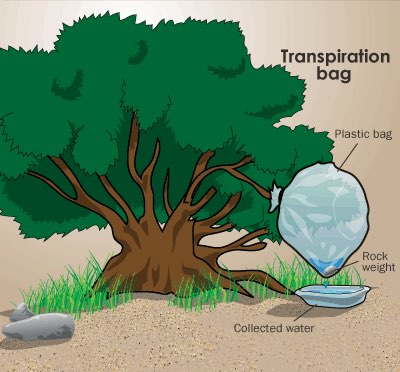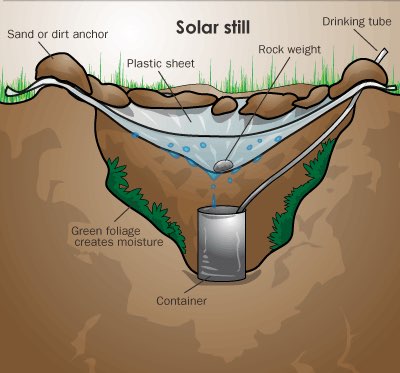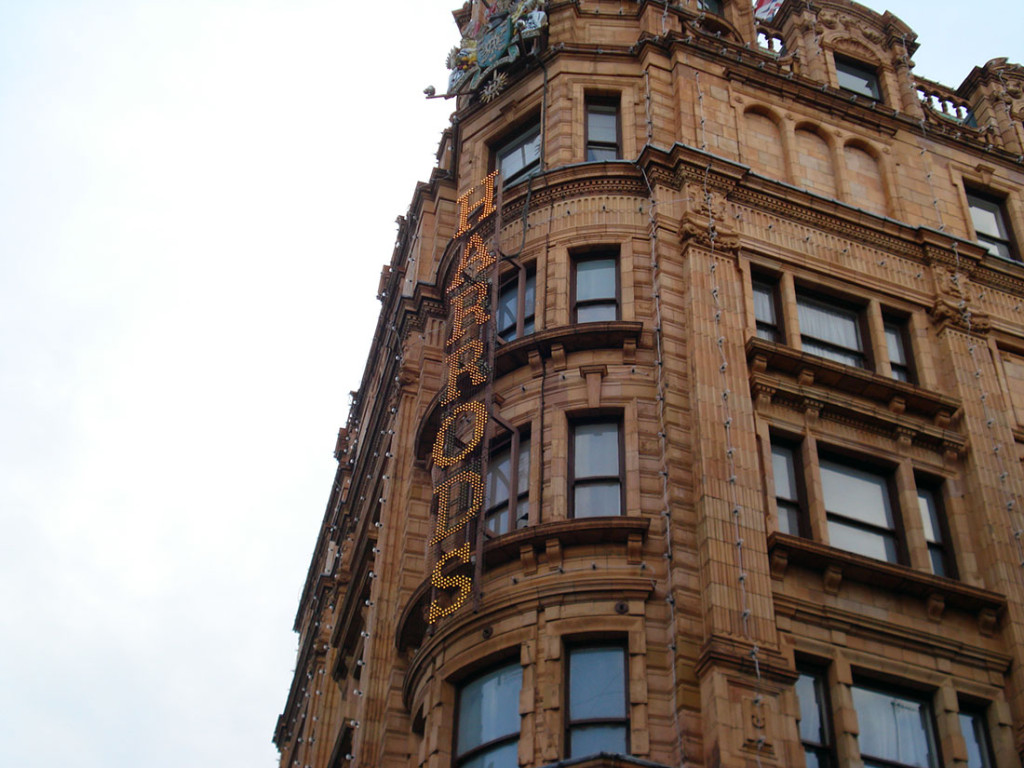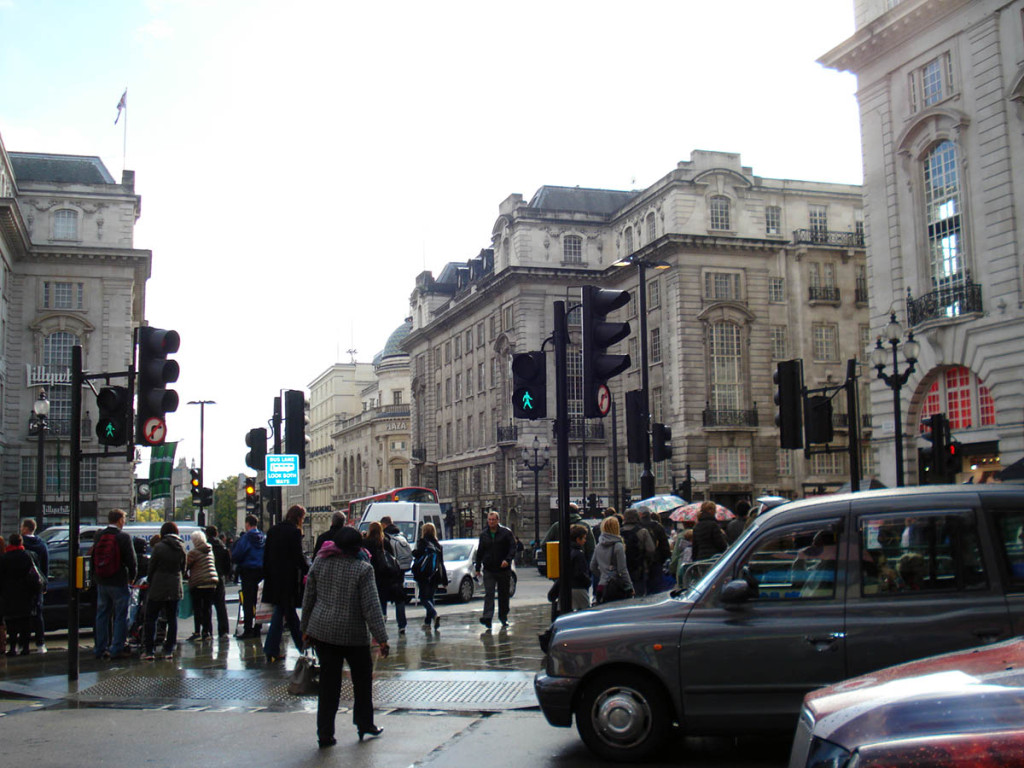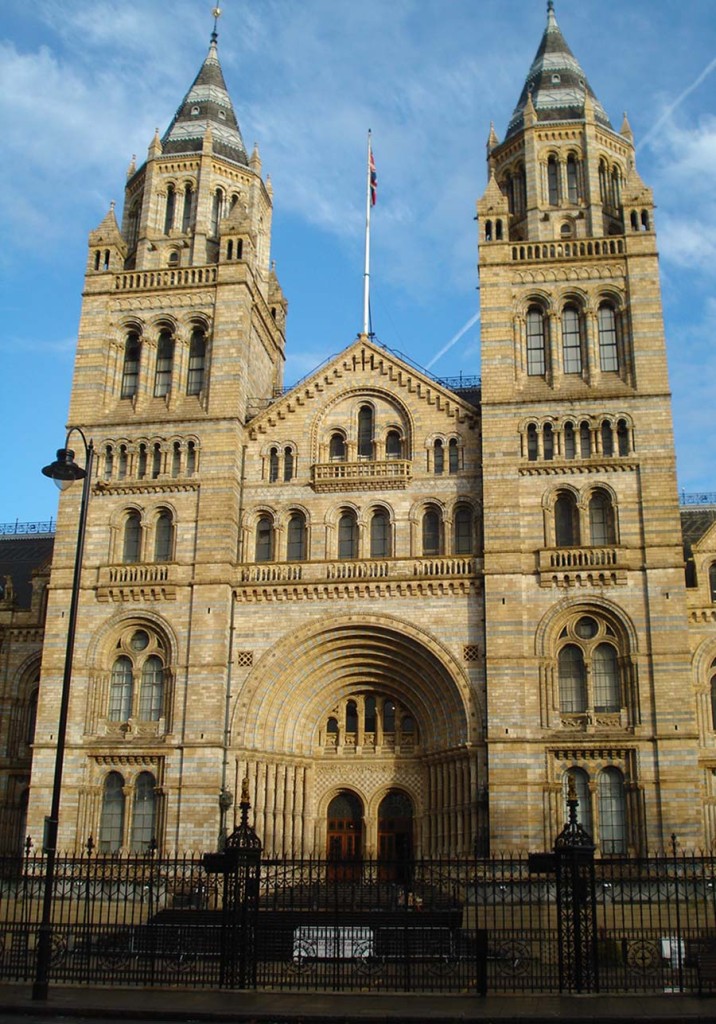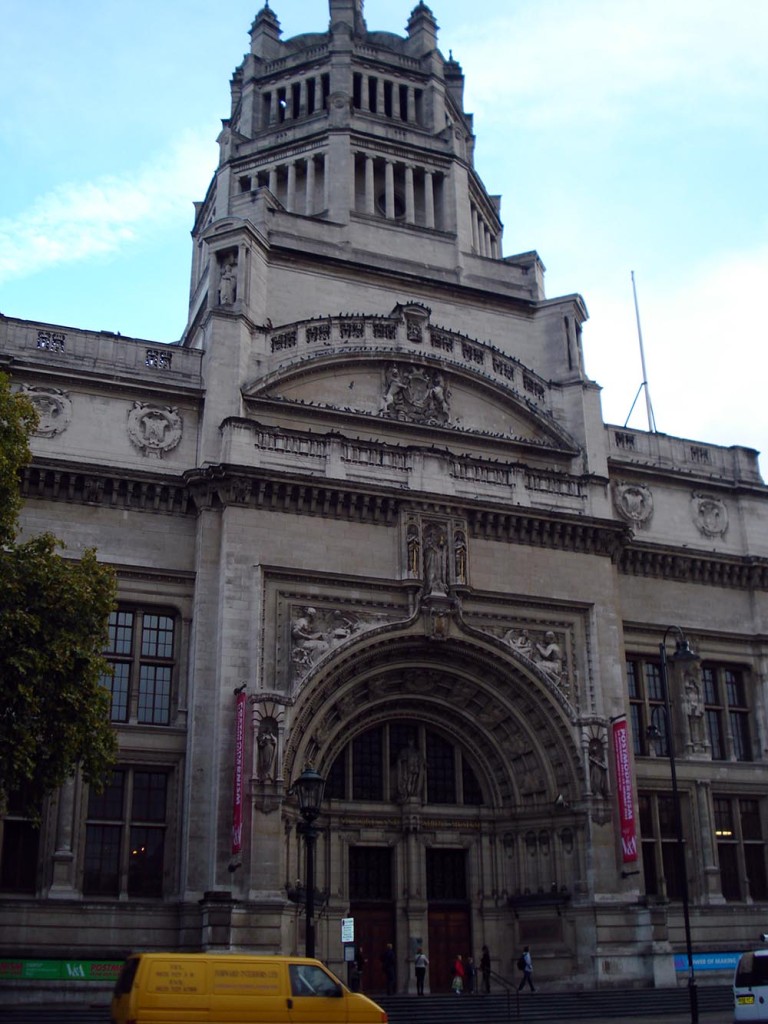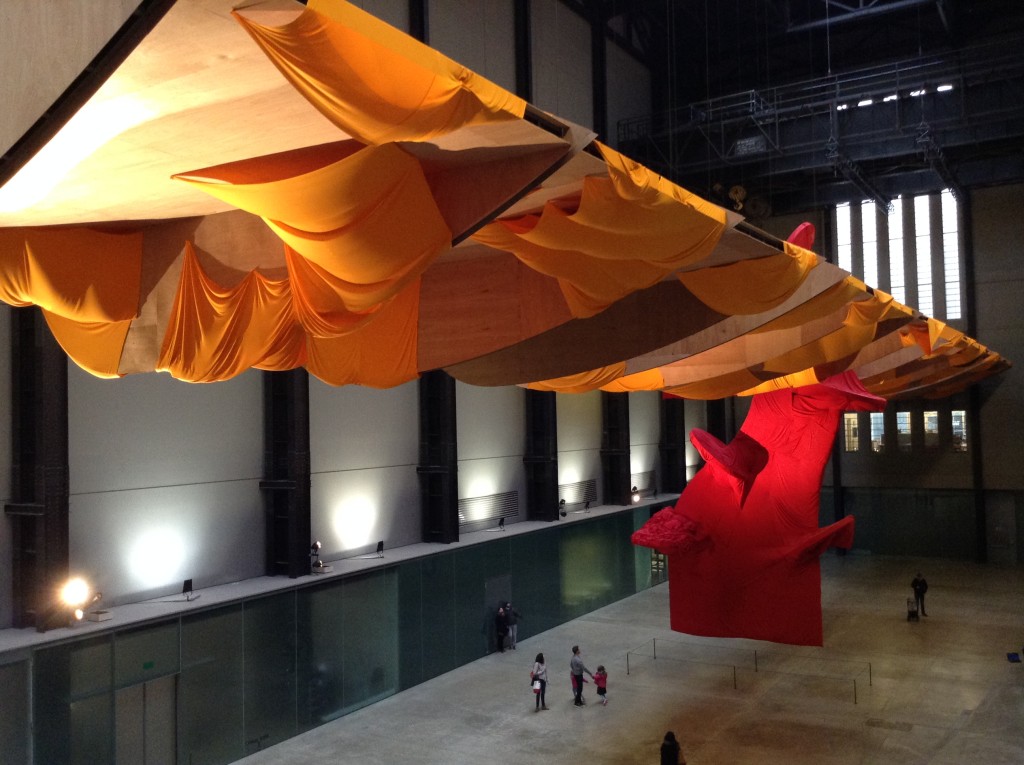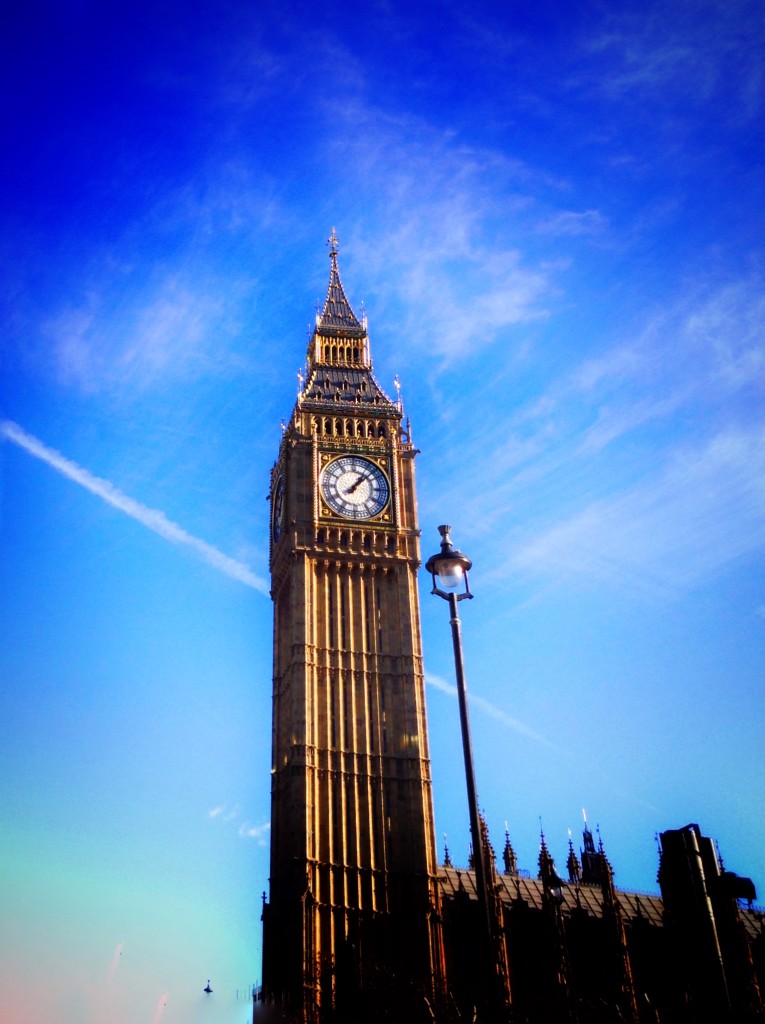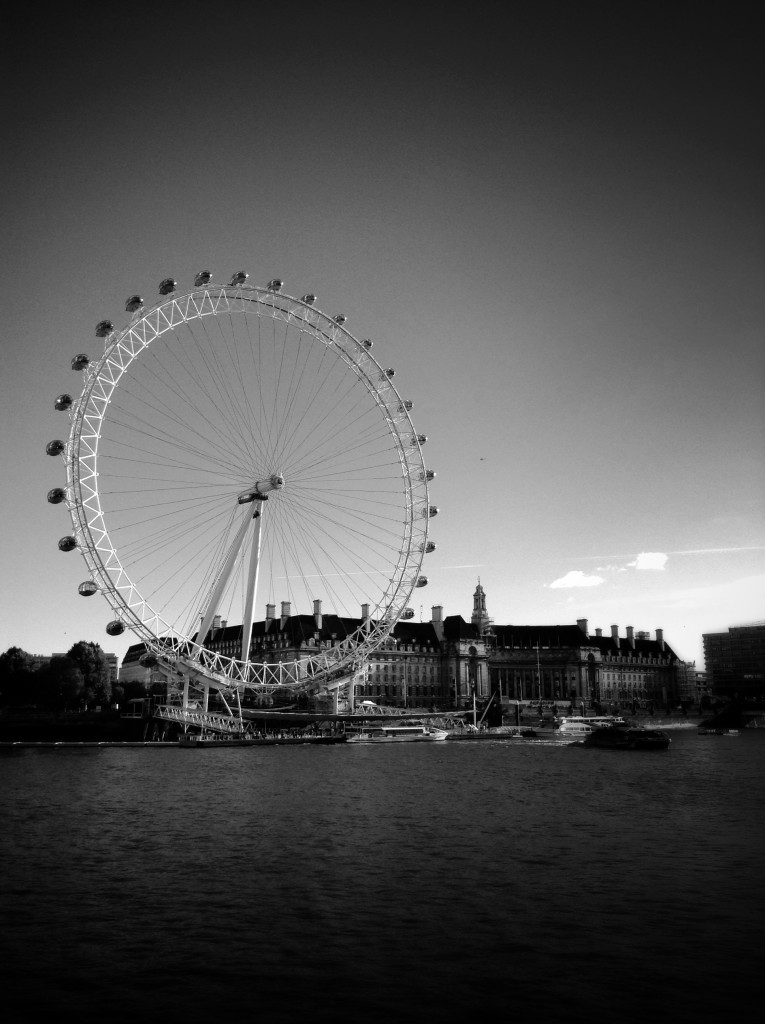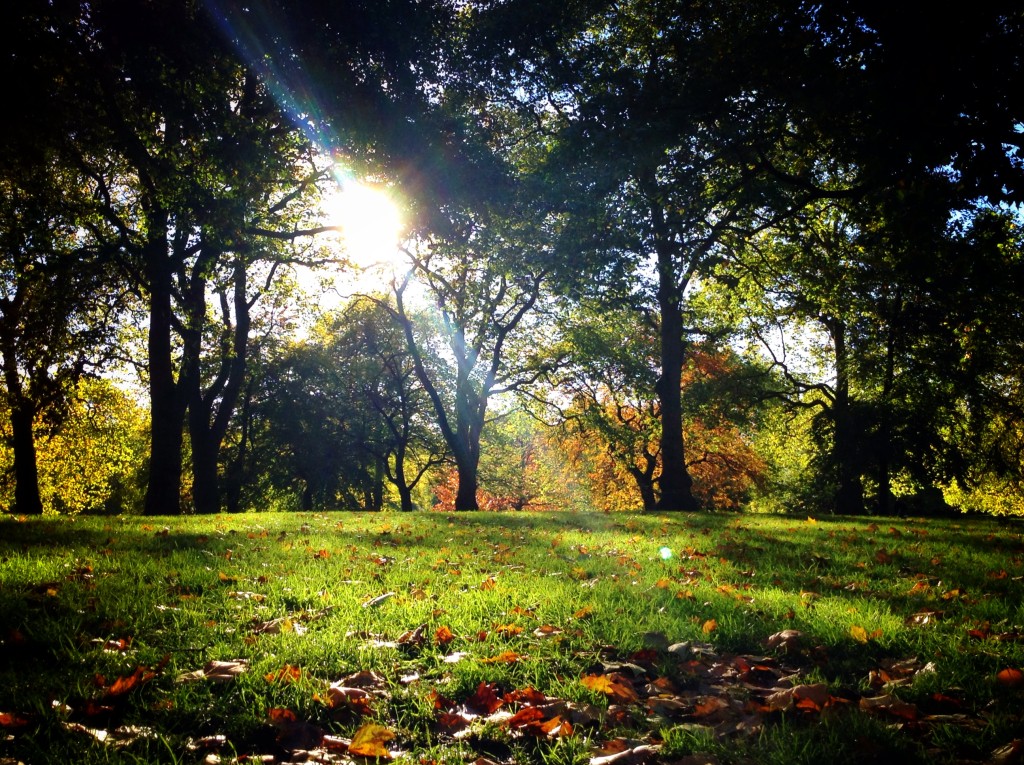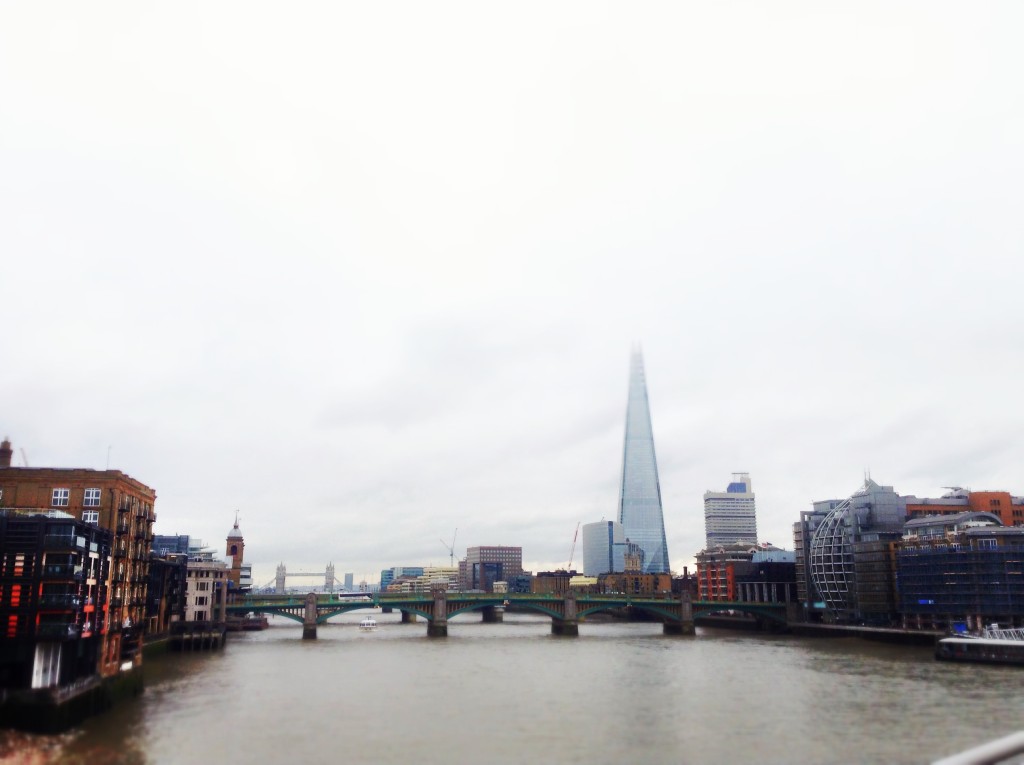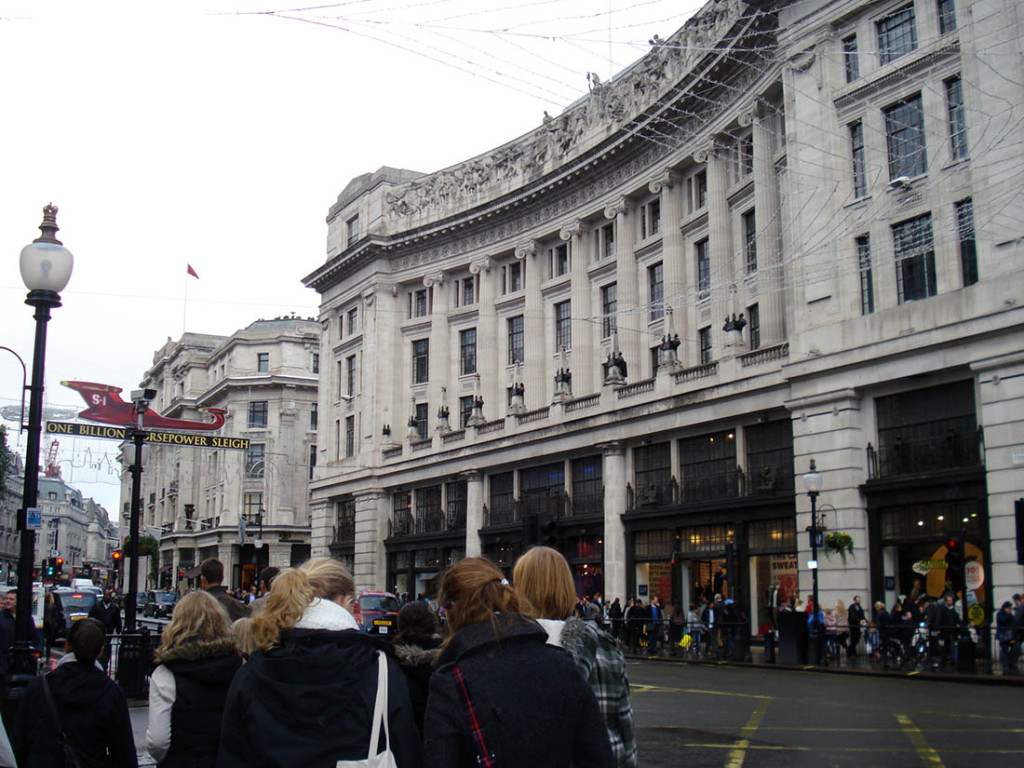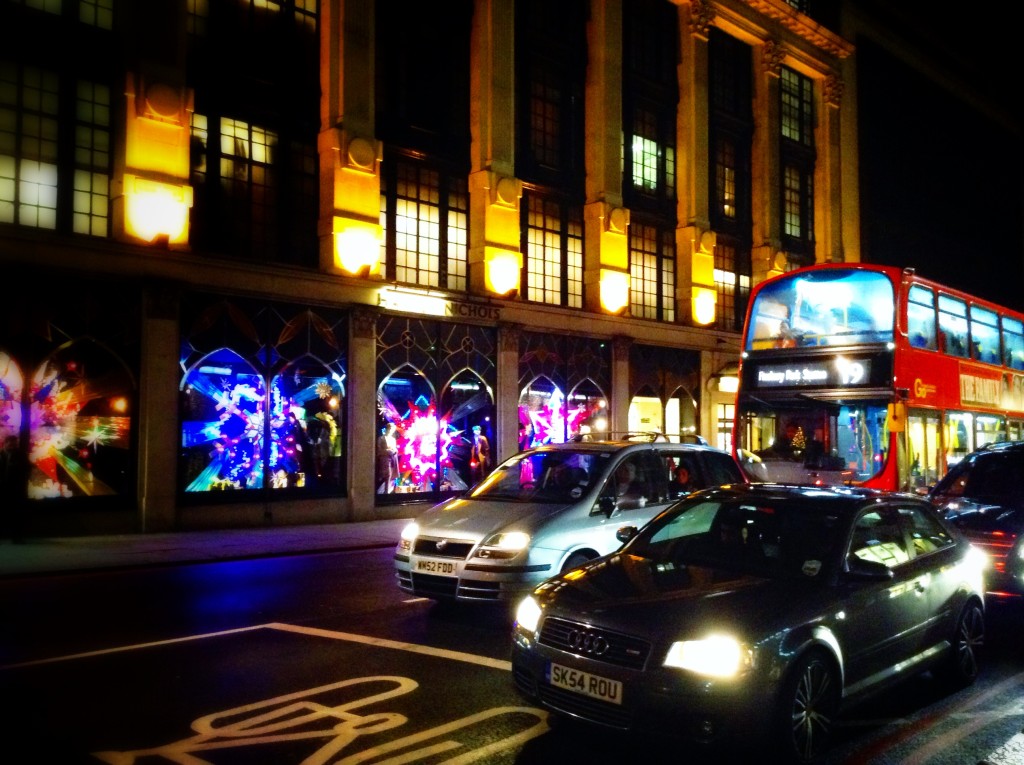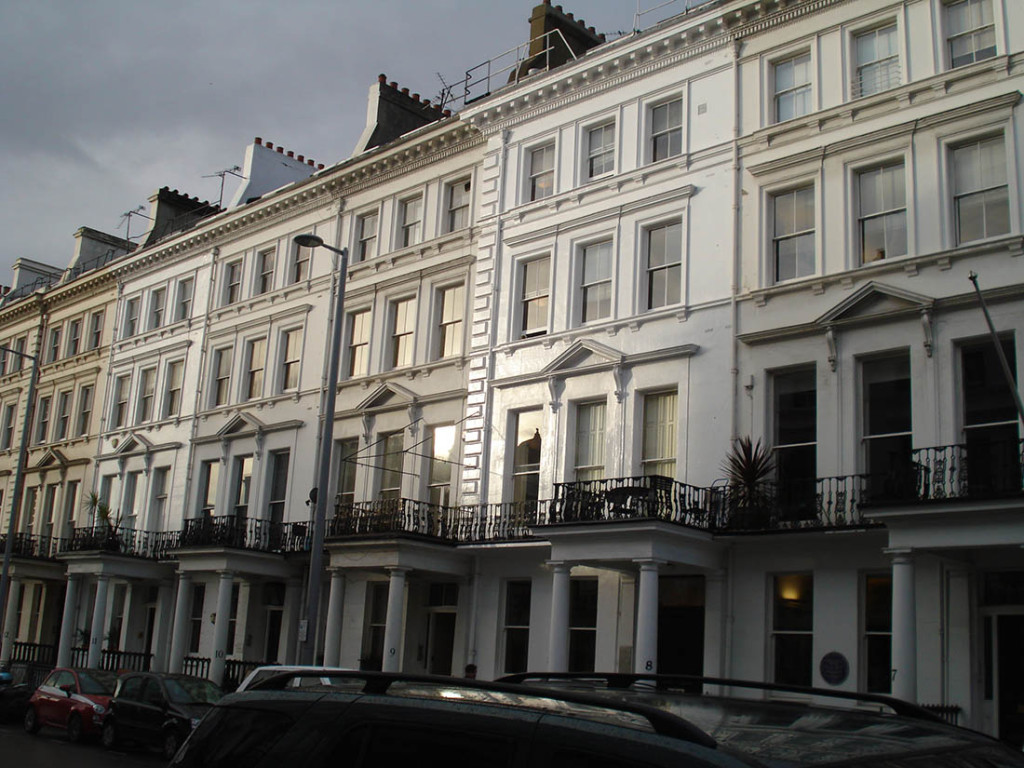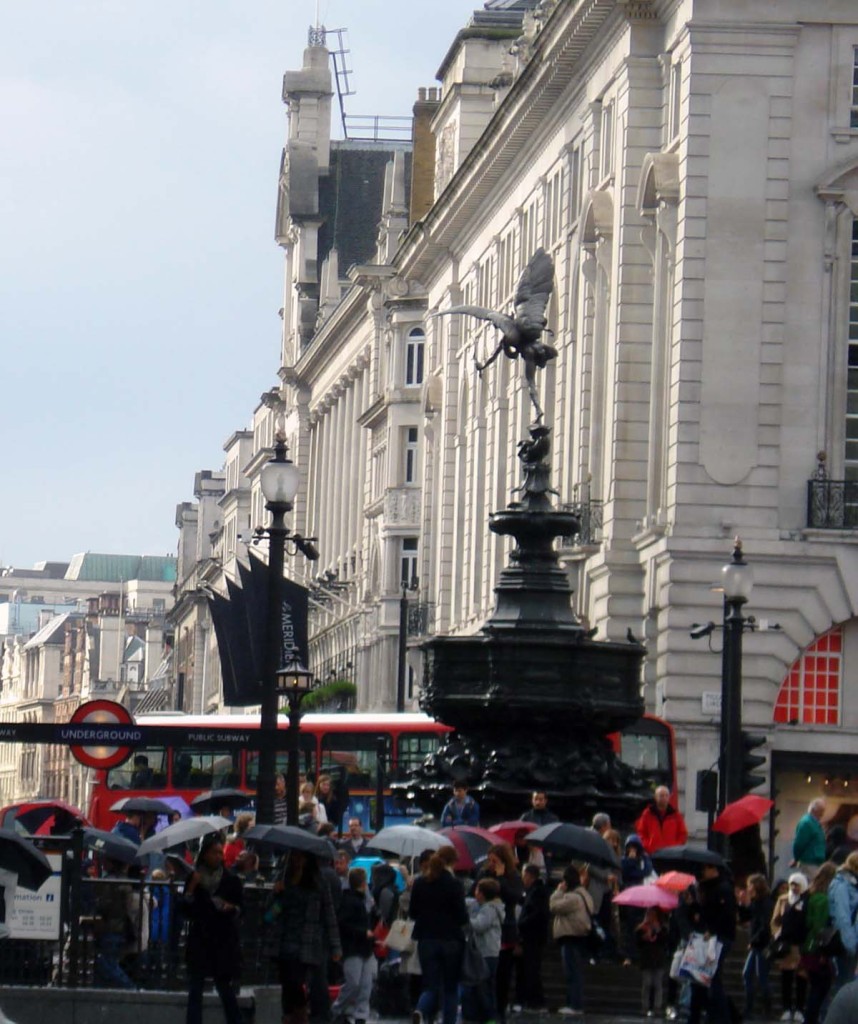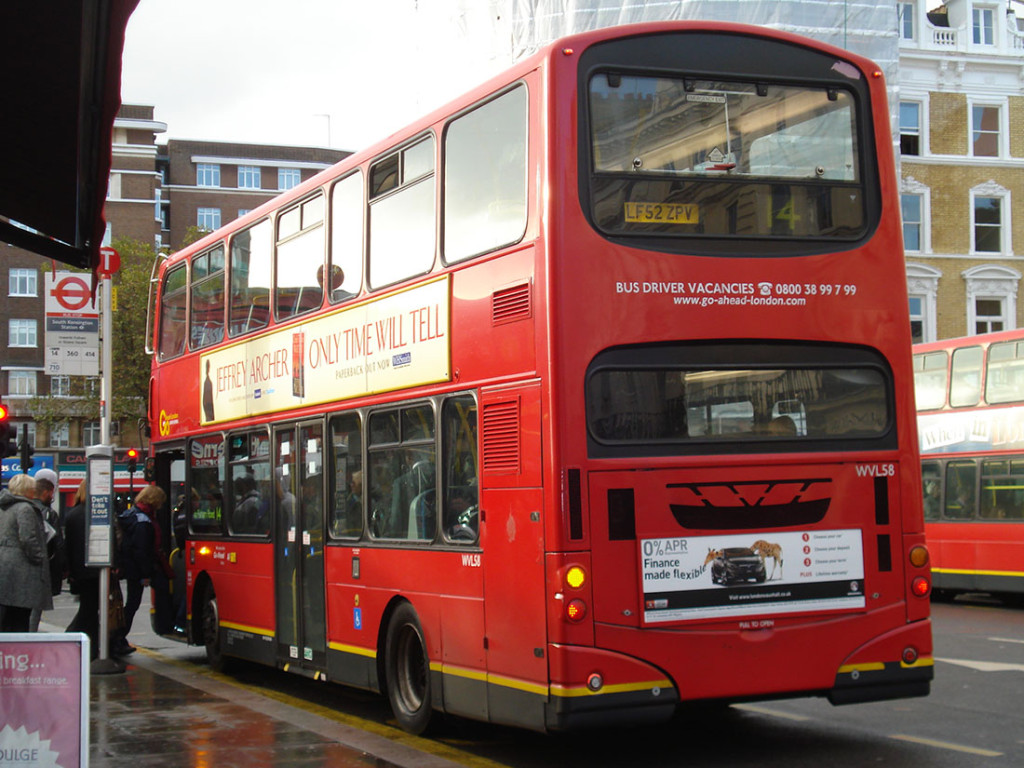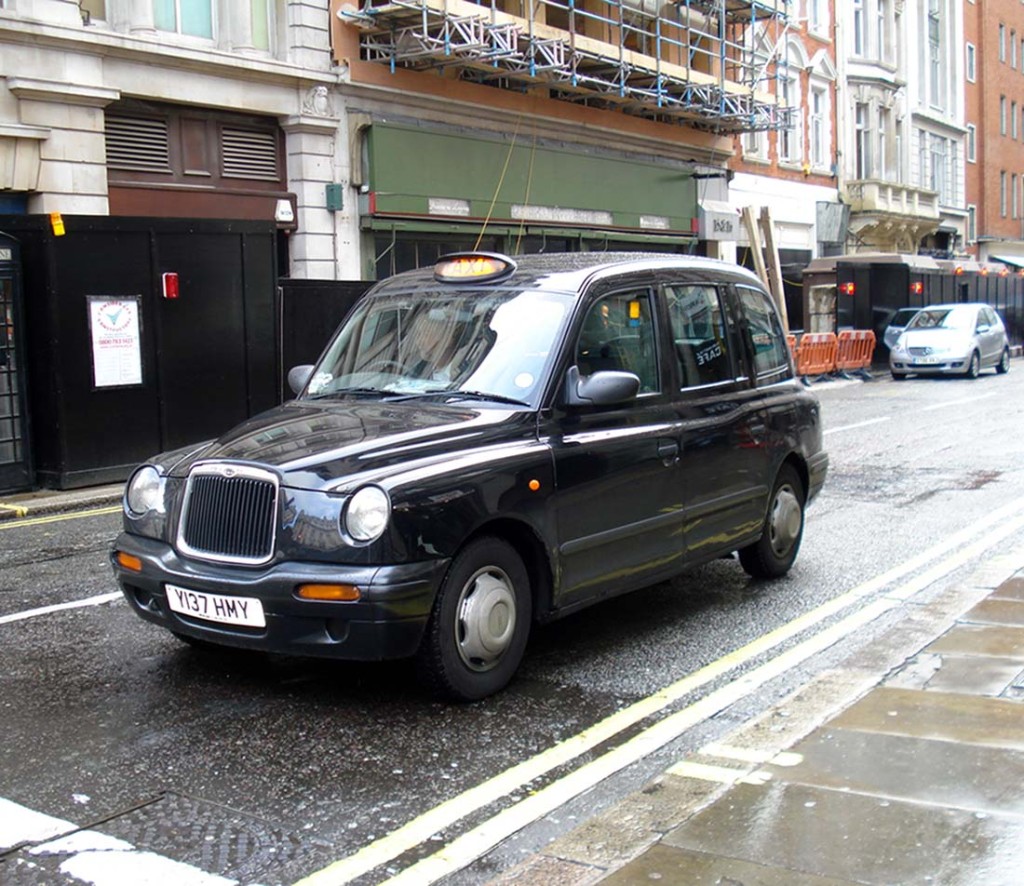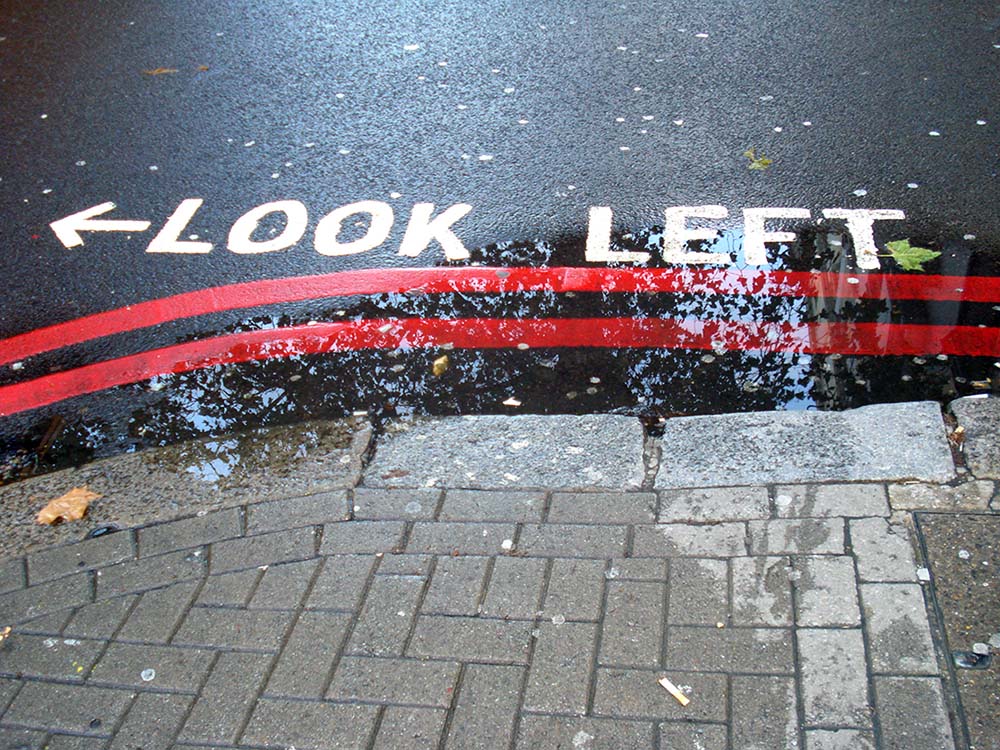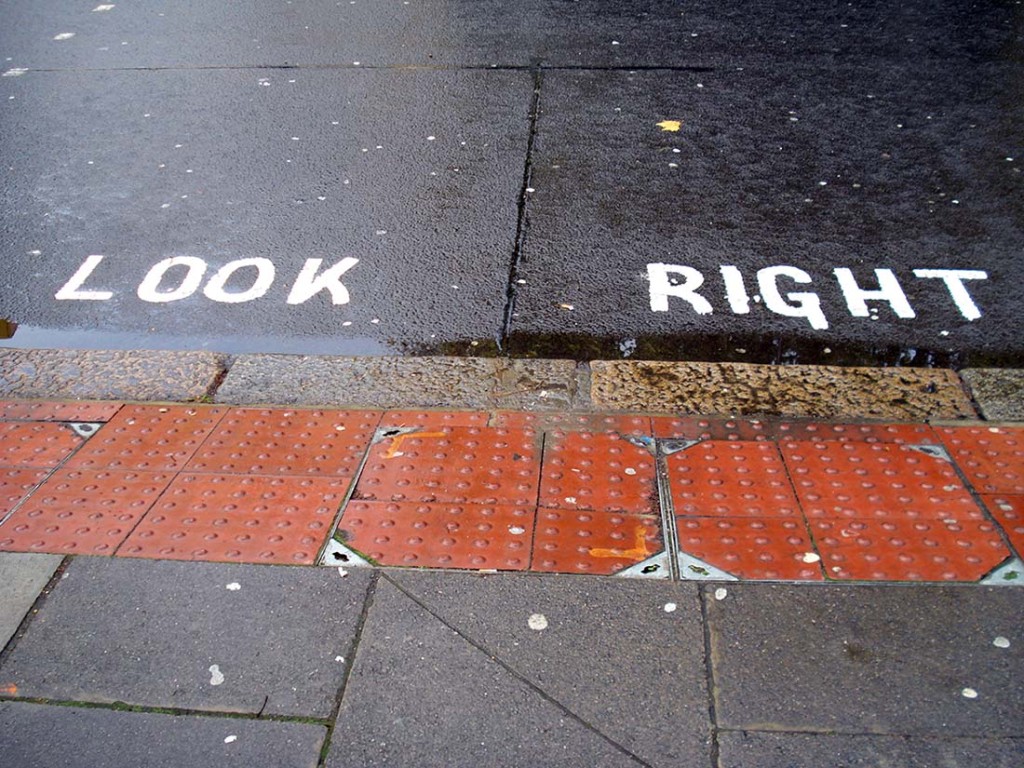If Istanbul is the height of human religious and artistic expression, Cappadocia Turkey is Mother Nature’s crowning achievement; A rock canvas carved into undulating volcanic tuff and then refined over eons with the brush stroke of erosion. The final masterpiece is a landscape of never ending veins of rock cliffs and forests of peculiarly graceful mushroom capped stone pillars, teetering but never falling. For the religious, there’s certainly an intelligent chaos to its beauty, and for others, a valley begging to be explored.
History has also played an important part in shaping this mesmerizing land. Within the valley itself, the Persians, the Romans, the Byzantines and the Ottomans have each left their indelible mark on this region. Alexander the Great himself strode across this very valley. Going to Cappadocia is returning to the dawn of time. For the curious, each twist and turn in the valley can lead to hidden Byzantine churches, centuries old frescos, and dwellings dug from the rocks themselves which are still currently inhabited today.
For all travelers to Turkey, Cappadocia is a mandatory stop on any itinerary. From backpackers to families, you’ll see them arriving in droves, with most coming from Istanbul. The Cappadocians have embraced tourism fully. Travel to the region is unbelievably easy, with sight seeing circuits labeled clearly and tour groups a stone throw away.
So is Cappadocia Turkey still a destination for the stalwart adventurer? Absolutely!
Arguably, the popularity of Cappadocia has taken some of the mystery out of the region and for those seeking adventure, or for something more off the beaten path, they may find this to be difficult. But it would be a mistake to avoid Cappadocia for this reason, or any reason for that matter, as it still offers much for the thrill seeker and the intrepid explorer.
Personally, we had an awesome time in Cappadocia. Although we weren’t quite blazing new trails, or unearthing undiscovered Byzantine ruins, the experience is up there as one of our best in Turkey. Crowds at the main sights are unavoidable, but with all there is to do, and the different ways to go about doing them, you can still carve out an experience all your own:
Goreme Is The Best Place To Stay:
There are a number of towns with accommodations in and around Cappadocia, such as Urgup and Uchisar, but few have the same charm and opportunity to stay in cave houses like Goreme. Primarily a backpacker town, as opposed to the more upscale Urgup, Goreme is a perfect budget option to set up your base and explore the surrounding regions. In fact, I highly recommend it as you’ll meet like-minded adventurers looking for the same thing, and whom may very well point you in the right direction. Geographically it’s also central to most places you’ll be heading too. As a personal recommendation, we stayed at the Shoestring Cave Pension where we got a private room for 35 TL. It’s definitely cheaper than the options closer to the center of town, but you’ll be impressed as it looks like a private oasis once you get past the unassuming entrance.




Travel Cappadocia Independently:
Do as much on your own as you can. Full-day or guided organized tours work best if time is limited, but like most tours, you’ll only be scratching the surface. There are a number of operators in Goreme, however I can’t vouch for any of them since I never actually used them.
For the most part, don’t bother with Tour operators. Cappadocia is unbelievably easy to travel independently. Maps with the 4 main tourist routes are available everywhere, dolmuses (minibuses) crisscross all across the valley, and hiking trails are in abundance. In our case, we opted for a scooter rental. Roads are in great shape, traffic is virtually non-existent, and there’s plenty of parking. The best thing about hiring your own transportation is the adventure and experience in-between destinations. The region is full of hidden secrets, paths and viewpoints off the main tourist circuit.
Sights and Activities to do Independently:
You certainly can’t travel all the way to central Turkey and not see the sights and experience the history that has made it so popular. There will be crowds, but you can find solace in the fact that you can take as much time as you need to suck it all in.
Here are my recommendations for sights and activities you can do on your own:
Goreme Open Air museum & Tokali Kilise – Not far from the center of town, the museum is a must if you’re interested in Byzantine history. You’ll get to see a number of beautiful churches carved from the rock faces.



El Nazar Kilise & Sakli Kilise – A quick stop between Goreme and the Open Air Museum.


Uchisar Castle & Pigeon Valley – a 2 hr walk or 10 minute scooter ride SW of Goreme. This Hilltop castle is hard to miss. A great place to watch the sunset or begin a hike through the Pigeon Valley below.




Underground Cities – Approximately 15 to 21 miles south of Goreme are massive multi-level underground cities of Kaymakli and Derinkuyu. Built to hide and protect persecuted Christians from the Persian and Arabic Armies, the cities go down to a depth of about 60 meters.



Kaymakli Image Courtesy of Frank Kovalchek
Devrent Valley – also known as Imagination valley for its Dr. Seuss like rock formations. Located between Avanos and Cavusin, the valley is a fun and interesting side trip. Look out for the Camel.



Guzelyurt – Depending on if you’re doing the full trek from Ihlara village to Selime, you might want to stop in at Guzelyurt and see Monastery Valley and Antique City.
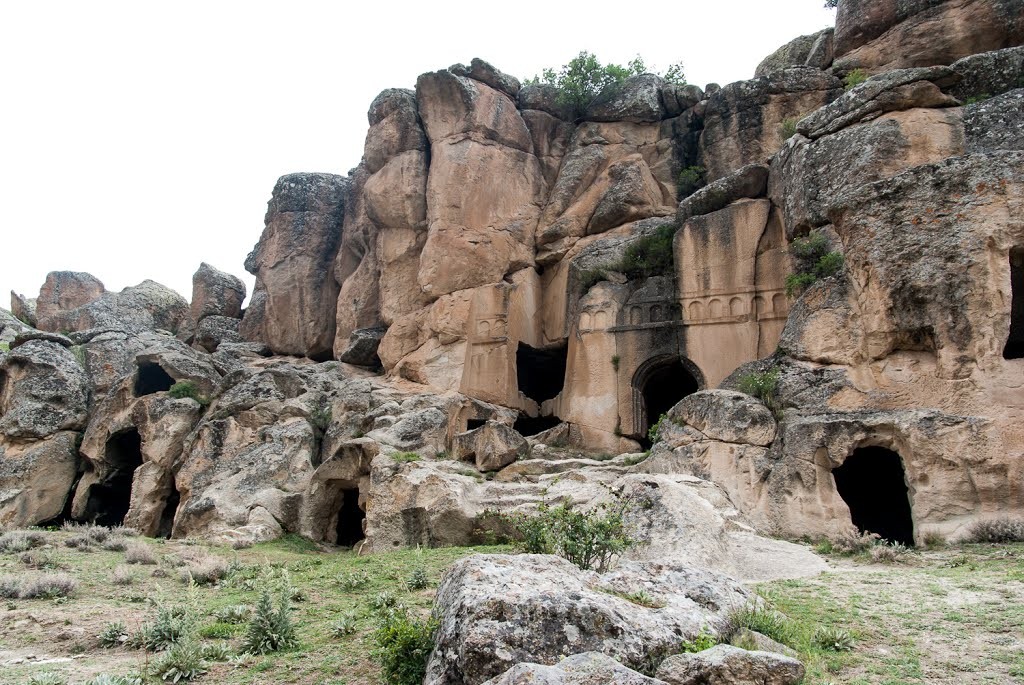
Image Courtesy of Alexander Naumov
Hiking Ihlara valley and Güllüdere (Rose Valley) Hike – Turkey has some amazing hiking opportunities to see fairy chimneys, churches and gorgeous vistas. Probably the most well known is the Ihlara valley hike towards Selime Monastery. It will take about 8 hours one way if you decide to take the full trip from Ihlara valley to Selime so make sure you leave your car/scooter at the end, and figure a way to get to the trailhead, or vice versa.






Road Trip to Neighboring towns Around Goreme: Visit Mustafapasa, Soganli, Avanos, Cavusin, Kayseri, Neveshir, Urgup, Uchisar to name a few. Each has their own character, and a piece of the historic mosaic of the region




Images above courtesy of Graeme Churchard, Bernard Gagnon, Minamie’s Photo and Bernard Gagnon
Additional:
Hot Air Balloon and Horseback Riding -Most activities can be done independently, but balloon rides and Horse rentals you’ll have to have a guide. Unfortunately we were on a bit of a budget, so we passed on them both, but by all accounts from other travelers, the experience was well worth the money. Here’s a photo to give you an idea what to expect:
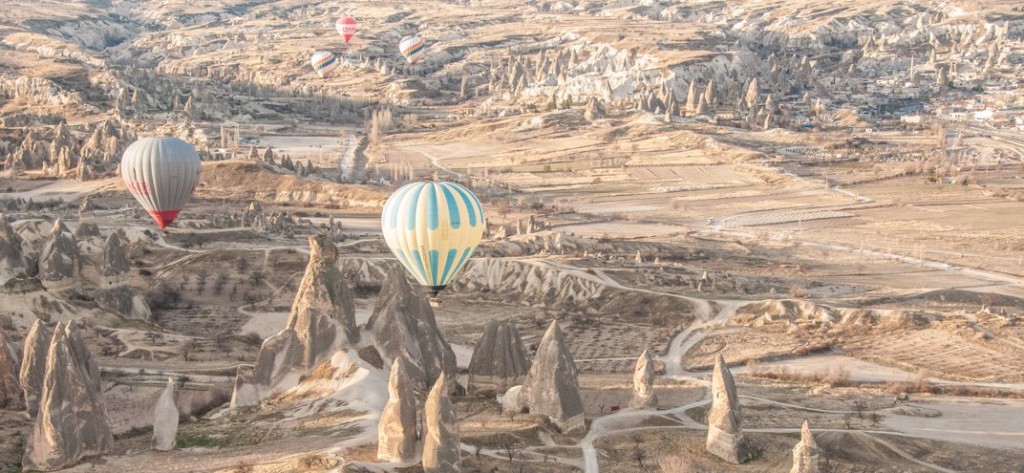
Image Courtesy of Graeme Churchar
This isn’t even close to being an exhaustive list. The sights and activities are boundless, with many not making the list, and others not listed anywhere. The most amazing thing about Cappadocia Turkey, is that there are still nooks and crannies to be discovered. Let curiosity lead the way, and you’ll come out with an adventure unique and all your own.
How to Find Adventure in Cappadocia Turkey



